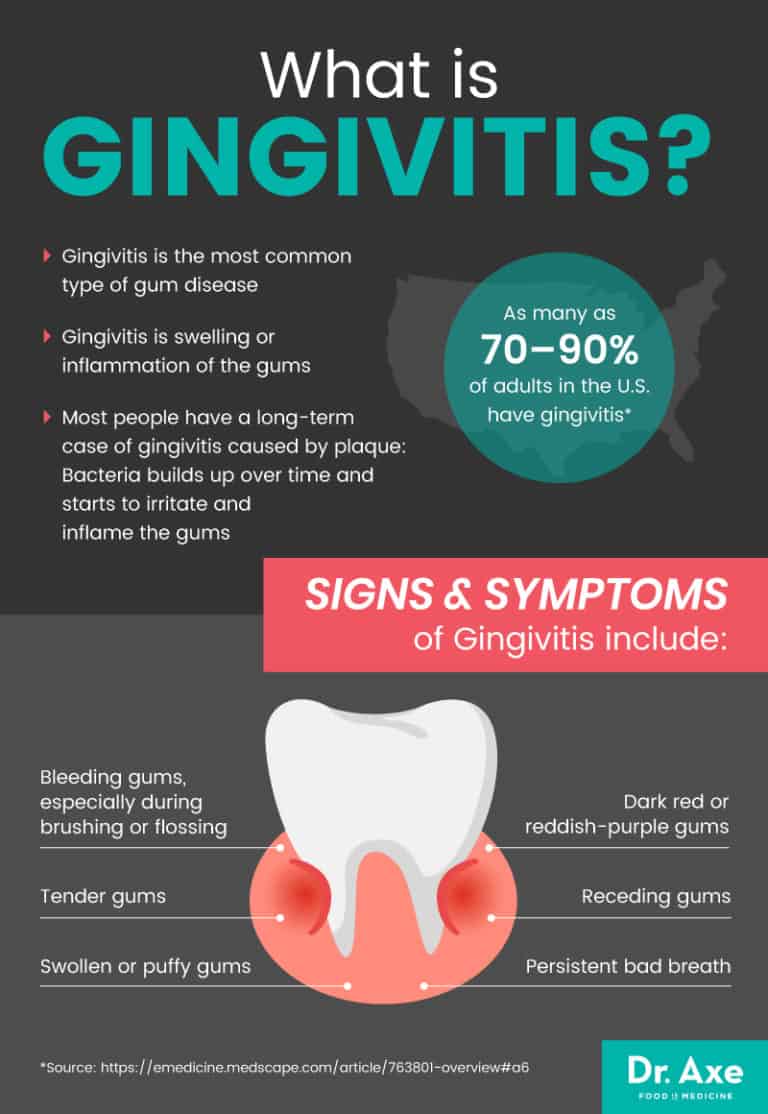
How to Stop Gingivitis and Protect Your Gums Long-Term
Gingivitis, the early stage of gum disease, is a prevalent oral health issue characterized by inflammation of the gums. Left untreated, it can progress to periodontitis, a more serious condition leading to tooth loss. However, with diligent oral hygiene and professional dental care, gingivitis is entirely preventable and often reversible. This comprehensive guide outlines effective strategies to stop gingivitis and safeguard your gum health for years to come.
Understanding Gingivitis: Causes and Symptoms
Gingivitis primarily stems from the accumulation of plaque, a sticky film of bacteria that constantly forms on teeth. When plaque is not removed through regular brushing and flossing, it hardens into tartar (calculus), which irritates the gums, leading to inflammation. This inflammation manifests in several noticeable symptoms:
Key Symptoms of Gingivitis:
- Red, swollen, or tender gums: This is often the first visible sign of gingivitis. The gums may appear brighter red than usual and feel puffy or sensitive to touch.
- Bleeding gums: Bleeding while brushing or flossing is a strong indicator of gum inflammation. While occasional bleeding might not be cause for immediate alarm, persistent bleeding warrants professional attention.
- Bad breath (halitosis): Bacteria in plaque produce volatile sulfur compounds, leading to persistent unpleasant breath. This is often more pronounced in individuals with gingivitis.
- Receding gums: In advanced stages of gingivitis, the gums may begin to recede, exposing more of the tooth root. This exposes the root to decay and sensitivity.
- Pus formation: In some cases, pus may form between the gums and teeth, indicating a more severe infection.
Effective Strategies to Stop Gingivitis
Combating gingivitis necessitates a multi-pronged approach focusing on meticulous oral hygiene, regular professional cleanings, and potentially, dietary modifications.
Optimal Oral Hygiene Practices:
- Brushing Technique: Employ the Bass technique, angling the toothbrush at a 45-degree angle towards the gumline and using gentle, short back-and-forth strokes. Brush for at least two minutes, twice daily, using fluoride toothpaste.
- Flossing Daily: Flossing is crucial for removing plaque and food particles from between teeth, areas where your toothbrush cannot reach. Use gentle sawing motions to guide the floss between teeth, curving it around each tooth in a "C" shape.
- Interdental Brushes: For individuals with wider spaces between their teeth, interdental brushes can be more effective than floss in removing plaque and debris.
- Mouthwash: Therapeutic mouthwashes containing chlorhexidine or essential oils can help control bacterial growth and reduce inflammation. However, these should be used as directed by a dentist, as overuse can lead to side effects.
- Tongue Cleaning: The tongue harbors bacteria, contributing to bad breath. Using a tongue scraper or toothbrush to clean your tongue can significantly improve oral hygiene.
Regular Dental Check-ups and Professional Cleaning:
Regular visits to the dentist are paramount in preventing and managing gingivitis. Professional cleanings remove tartar buildup that cannot be removed by brushing and flossing alone. A dentist can also assess the health of your gums, detect early signs of gingivitis or periodontitis, and provide tailored advice on maintaining optimal oral hygiene.
Dietary Considerations:
While diet alone won't cure gingivitis, a healthy diet supports overall oral health. A balanced diet low in sugary foods and refined carbohydrates minimizes bacterial growth in the mouth. Foods rich in antioxidants, like fruits and vegetables, may also contribute to gum health. Staying well-hydrated by drinking plenty of water helps rinse away food particles and bacteria.
Long-Term Gum Protection: Preventing Recurrence
Once gingivitis is resolved, maintaining optimal oral hygiene is crucial to prevent its recurrence. Consistent adherence to the practices outlined above significantly reduces the risk of future episodes.
Addressing Underlying Health Conditions:
Certain systemic health conditions, such as diabetes and hormonal imbalances, can increase susceptibility to gum disease. Managing these conditions effectively under the guidance of a physician can improve overall health, including oral health.
Quitting Smoking:
Smoking is a significant risk factor for gum disease. Nicotine constricts blood vessels, impairing the body's ability to fight infection and heal damaged gum tissue. Quitting smoking is crucial for improving gum health and overall well-being.
Managing Stress:
Stress can exacerbate many health conditions, including gum disease. Implementing stress-reduction techniques, such as yoga, meditation, or regular exercise, can contribute to better overall health and potentially improve resilience against gum inflammation.
When to Seek Professional Help
While many cases of gingivitis can be managed effectively at home, it’s vital to seek professional dental care if you experience persistent symptoms, such as persistent bleeding gums, significant gum swelling, or noticeable gum recession. Early diagnosis and treatment are crucial in preventing the progression of gingivitis to more advanced stages of periodontal disease.
Conclusion
Gingivitis is a preventable and often reversible condition. By adopting a proactive approach that incorporates diligent oral hygiene practices, regular dental check-ups, and a healthy lifestyle, individuals can significantly reduce their risk of developing gingivitis and safeguard their gum health for a lifetime. Remember that early intervention is key; addressing any signs of gum inflammation promptly can prevent the progression to more severe and potentially irreversible periodontal disease.
No comments:
Post a Comment
Note: Only a member of this blog may post a comment.